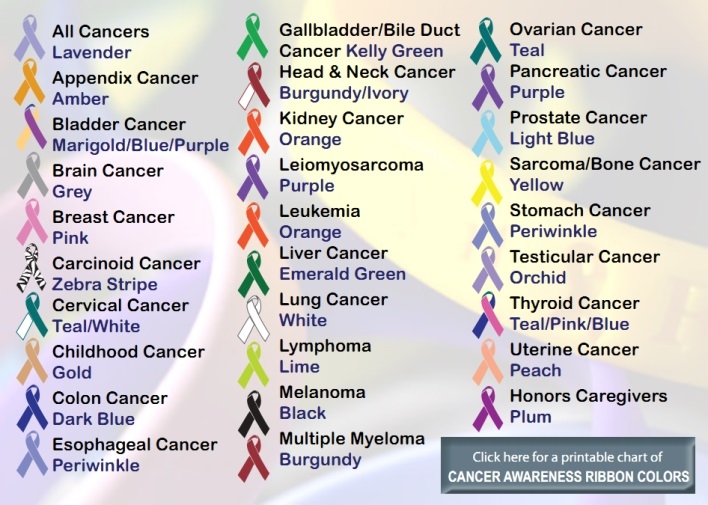
What is Cancer?
The science will tell you that cancer is a disease that starts in our cells. It is when abnormal cells divide and multiply uncontrollably forming lumps or tumors or spread through the blood stream or lymphatic system.
Malignant or cancerous tumors can spread to other parts of the body by invading the surrounding tissue. The cancer cells that spread to other parts of the body are “metastases”. Often times when a malignant tumor has spread, the lymph nodes of that area will start to swell however almost any part of the body can be hit by cancerous cells and it may not always be obvious.
There are many different types of cancer but the National Cancer Institute breaks them down into five main categories. Carcinoma is cancers that begin in the skin or in tissues lining internal organs. Sarcoma is generally cancer that starts in the bone, cartilage, fat, muscle or blood vessels. Leukemia is cancer that starts in blood-forming tissue and causes cancerous cells to enter the blood. Lymphoma and myeloma begin in the immune system and finally Central Nervous System Cancers start in the brain or spinal cord. Cancers are then named after the part of the body that it originates in (ie. lung cancer, bladder cancer, etc.).
A prognosis is a doctor’s best estimate of how cancer will affect a person. While there are many factors that affect a prognosis survival statistics are the most commonly used tools to determine a prognosis. Again, while there are different types of survival statistics, generally speaking survival is measured by the number of people who are alive at a certain point in time after their diagnosis, the most often used being five years.
The Canadian Cancer Society says that about 52% of all new cancer cases will be either lung, breast, colorectal or prostate cancers. In general, 63% of Canadian diagnosed with cancer will survive at least five years after their diagnosis. They estimated that in Ontario, prostate cancer will be the most frequently diagnosed cancer for men while for women it would be breast cancer in 2013.
For Canadian men the leading types of cancers causing death are lung and colorectal and for Canadian women it is lung and breast cancer.
Accountable for about 30% of all deaths, cancer is the leading cause of death in Canada. The Canadian Cancer Society had estimated that 500 people would be diagnosed with cancer every day and 200 people would die from cancer every day in 2013. Although cancer diagnosis rates are increasing so are the survival rates.
There is not one single cause of cancer and what’s more scary is that anyone can be affected. There are risk factors that potentially increase the chance of getting cancer but this would even include uncontrollable things such as genetics. Other risk factors include lifestyle choices and exposure to carcinogens.
What the science and statistics can’t tell you are the affects that this disease can have not only physically but emotionally and mentally. Virtually everyone will in some way be touched by cancer. For this reason, it is so important that a variety of treatments be offered and we never lose hope of one day finding a cure.









